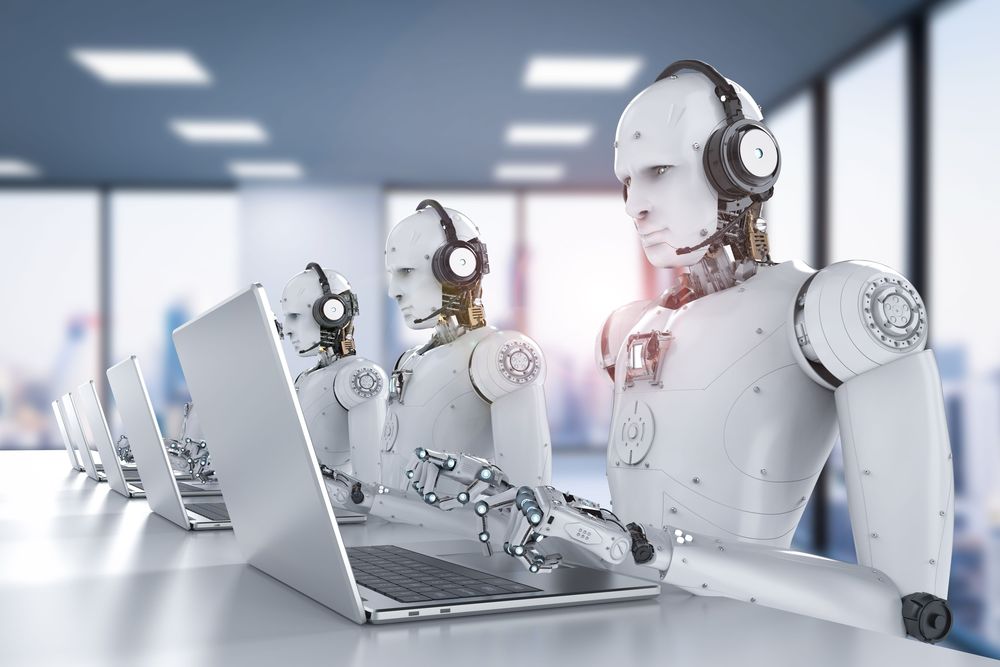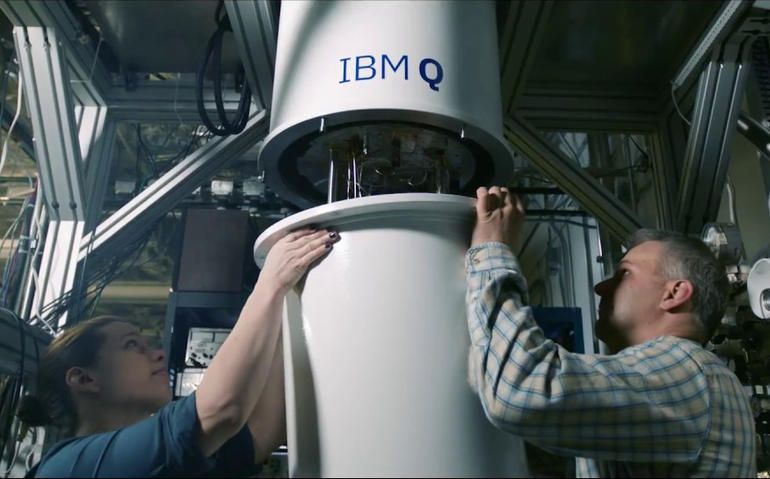The China court ruling that gave copyright protection to AI-generated content opens many doors, but also poses a volley of questions.
A recent Chinese court ruling marks a great leap forward for artificial intelligence (AI). The People’s Court of Nanshan District of Shenzhen has ruled that that content created by an AI programme is protected by copyright laws, and the makers of the AI programme hold the intellectual property rights for the content. This appears to be the world’s first case involving IPRs and artificial intelligence — the nuts and bolts of business of the future. The court has held that Shanghai Yingxun Technology Company’s act last year of reproducing an article written by Dreamwriter AI Writing Robot, owned by tech giant Tencent, comes under the purview of copyright breach. It has asked the company to pay a fine of 1,500 yuan ($216).
This ruling comes at a juncture in the evolution of AI when lawmakers, companies, IP rights activists and technologists from myriad geographies are engaged in intricate and intense debates over how intellectual contributions and creations from AI should be treated, especially in the content industry. Validating the Tencent article’s eligibility for copyright cover, the Shenzhen court said the article’s form of expression conforms to the requirements of written work, its structure was reasonable, the logic was clear and it had a “certain originality”. The ruling also means work authored by a non-human can be or should be treated at par with a work created by human intelligence. This poses a volley of philosophical and ethical questions. The advancements in deep tech, especially machine learning, have blurred lines between the creativity of humans and machines. In some of the arts and sciences, machines can perform — and even outperform humans — by producing original and organic works.








